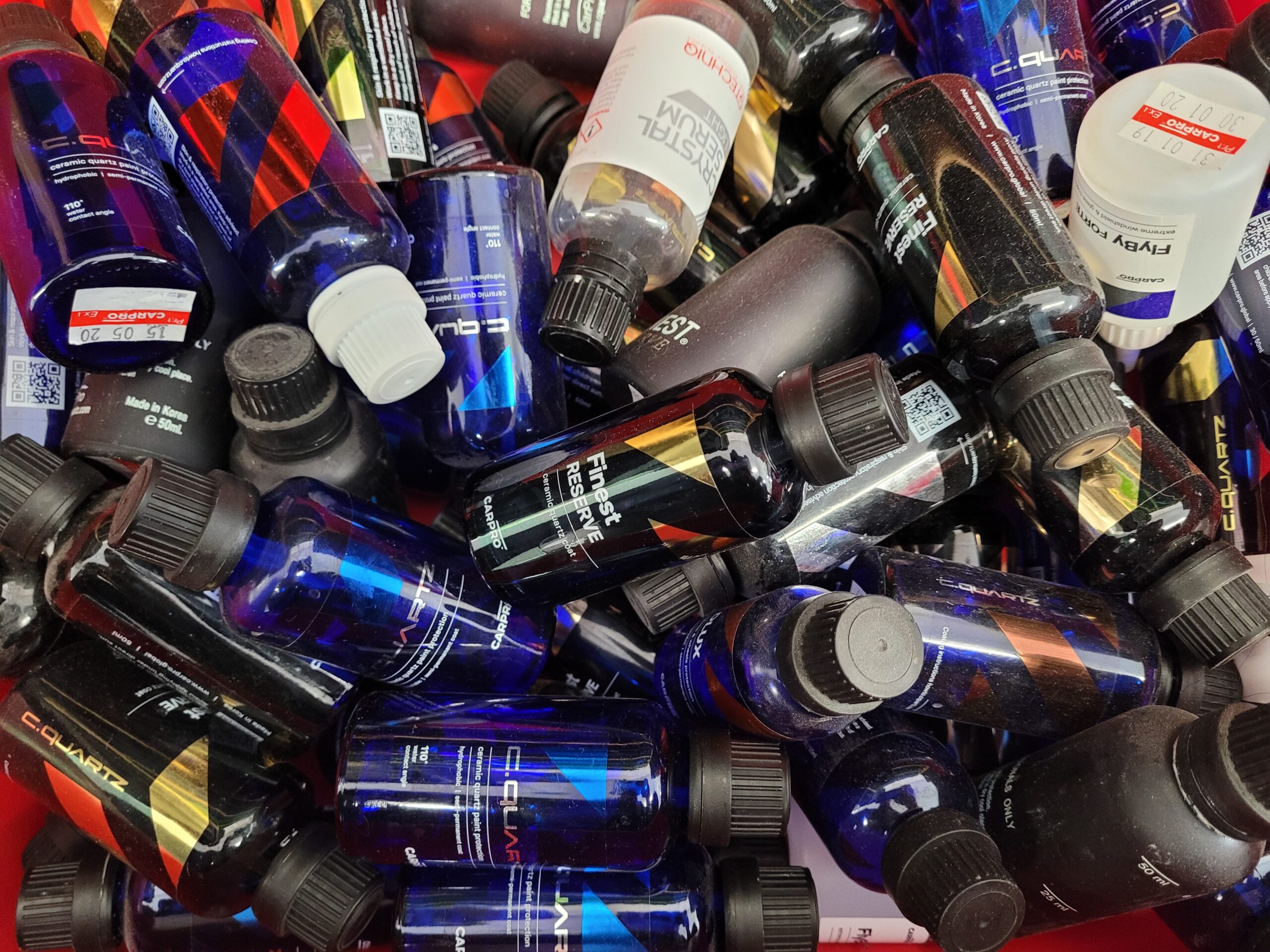The history of ceramic coatings dates back to the 1960s, when scientists and engineers in the aerospace industry began to develop high-temperature coatings to protect aircraft and spacecraft surfaces from the extreme heat generated during reentry into the Earth’s atmosphere. These early ceramic coatings were typically made from materials like zirconium oxide, alumina, and silicon carbide and were applied using a process known as plasma spraying.
As ceramic coatings proved to be highly effective at protecting against high temperatures, their use expanded to other industries, including the automotive sector. In the 1980s, ceramic coatings began to be used as a form of corrosion protection for automotive exhaust systems, as well as for brake components and other engine parts.
In the years that followed, advances in ceramic coating technology led to the development of more advanced coatings with a wider range of properties and applications. For example, some ceramic coatings were developed to provide additional benefits beyond high-temperature protection, such as increased durability, resistance to wear, and improved chemical resistance.
In the automotive industry, ceramic coatings are now commonly used as a form of paint protection, providing a layer of long-lasting, durable protection for the vehicle’s exterior. These coatings work by forming a bond with the paintwork on a molecular level, creating a protective layer that can help to resist scratches, swirls, and other forms of damage.
One of the most significant advancements in the development of ceramic coatings for automotive applications has been the introduction of nano-ceramic coatings. These coatings are made from extremely small particles of ceramic material, which can bond to the surface of the vehicle at a much deeper level than traditional ceramic coatings and are significantly thicker and stronger than conventional paint sealants or wax. This can provide even greater protection against scratches, UV rays, and other environmental factors.
Today, ceramic coatings continue to be a focus of research and development in a wide range of industries. As scientists and engineers continue to develop new and more advanced ceramic materials and coatings, the applications for this technology are likely to continue to expand, providing increased protection and durability for a wide range of products.
Ceramic coatings used in the automotive industry typically consist of silicon dioxide (SiO2), which is a type of glass. At the molecular level, these coatings consist of a network of silicon and oxygen atoms that form a tightly bonded matrix. When ceramic coatings are applied to a surface, they form a layer that is highly resistant to scratches, chemicals, and UV radiation. This layer is also hydrophobic, meaning that it repels water and prevents water spots from forming.
The key to the protective properties of ceramic coatings lies in their high hardness and chemical resistance. The tightly bonded matrix of silicon and oxygen atoms is extremely hard, and can resist scratches and other physical damage. The coating is also highly resistant to chemicals, such as acidic or alkaline solutions, which can damage other types of conventional protective treatments like polymer sealants or carnauba wax. The hydrophobic properties of ceramic coatings are due to the way that the coating interacts with water at a molecular level. The silicon dioxide matrix has a very low surface energy, which means that water droplets cannot easily adhere to the surface. Instead, water droplets form beads that roll off the surface, often taking any dirt or debris with them creating a highly effective self-cleaning action.
At Autowerx Detailing, we are dedicated to providing our clients with the highest quality automotive detailing treatments available. That’s why we are proud to offer one of the most exclusive ceramic coatings in the world: CQuartz Finest Reserve. This advanced hybrid nano-ceramic coating is only available to top detailing professionals, hand-selected by CarPro, pioneers of nano-ceramic coating technology in the automotive market.



